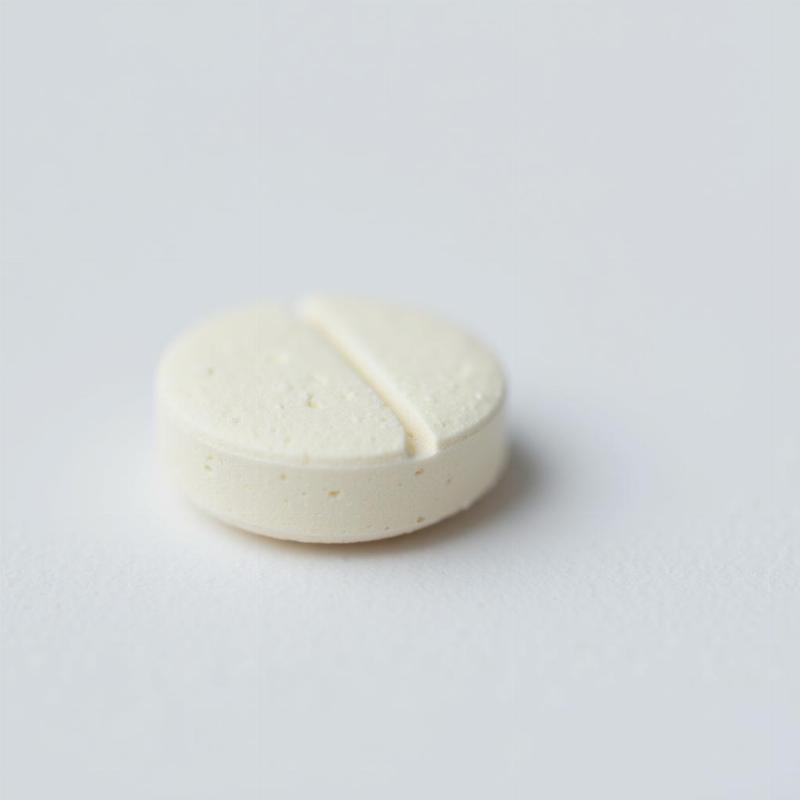Clavacillin for dogs 62.5 mg is a commonly prescribed antibiotic used to treat various bacterial infections. Understanding its usage, dosage, potential side effects, and precautions is crucial for responsible pet ownership. This guide will provide a comprehensive overview of clavacillin 62.5 mg for dogs, empowering owners to make informed decisions about their pet’s health.
Choosing the correct antibiotic and dosage is critical for effectively treating infections and preventing antibiotic resistance. While this guide offers valuable information, it’s crucial to remember that it shouldn’t replace professional veterinary advice. Always consult your veterinarian before administering any medication to your dog. They can diagnose the specific infection, determine the appropriate antibiotic, and prescribe the correct dosage based on your dog’s individual needs.
Understanding Clavacillin for Dogs
Clavacillin, a type of penicillin, effectively combats bacterial infections in dogs. It works by inhibiting bacterial cell wall synthesis, ultimately leading to the bacteria’s demise. This antibiotic is commonly prescribed for skin infections, wound infections, respiratory infections, and urinary tract infections. The 62.5 mg dosage is typically used for smaller dogs or for specific infections where a lower dose is sufficient.
 Clavacillin Tablets for Dogs
Clavacillin Tablets for Dogs
Dosage and Administration of Clavacillin 62.5 mg
The precise dosage and administration of clavacillin 62.5 mg should always be determined by a veterinarian. Factors such as the dog’s weight, age, the severity of the infection, and the specific type of bacteria being targeted influence the prescribed dosage. Generally, clavacillin is administered orally, either with or without food. It’s essential to complete the entire course of antibiotics as prescribed by your veterinarian, even if your dog’s symptoms improve before the medication is finished. Stopping the medication prematurely can lead to antibiotic resistance and recurrence of the infection.
Potential Side Effects of Clavacillin in Dogs
While clavacillin is generally safe for dogs, some may experience side effects. Common side effects include vomiting, diarrhea, loss of appetite, and allergic reactions. Allergic reactions can manifest as hives, facial swelling, or difficulty breathing. If your dog exhibits any of these symptoms, discontinue the medication and contact your veterinarian immediately.
Precautions When Using Clavacillin 62.5 mg for Dogs
Certain precautions are essential when using clavacillin for dogs. Inform your veterinarian about any other medications your dog is currently taking, including supplements, as drug interactions can occur. Clavacillin should be used cautiously in dogs with a history of penicillin allergies or kidney or liver disease. Pregnant or lactating dogs should only receive clavacillin if the potential benefits outweigh the risks.
Conclusion: Ensuring Your Dog’s Health with Clavacillin 62.5 mg
Clavacillin 62.5 mg can be a valuable tool in treating bacterial infections in dogs. By understanding the appropriate usage, potential side effects, and necessary precautions, you can contribute to your dog’s well-being. Remember, always consult your veterinarian before administering any medication to your dog, including clavacillin. They are the best resource for ensuring your furry friend receives the proper care and treatment.
FAQ:
- How long does it take for clavacillin to work in dogs? Most dogs will show improvement within a few days of starting clavacillin.
- What should I do if my dog misses a dose of clavacillin? Give the missed dose as soon as you remember, unless it’s almost time for the next dose. Do not double up on doses.
- Can clavacillin be given with food? Clavacillin can be administered with or without food.
- Is clavacillin safe for all dogs? While generally safe, dogs with penicillin allergies or certain health conditions should use clavacillin with caution.
- What are the signs of a clavacillin allergy in dogs? Signs include hives, facial swelling, and difficulty breathing.
- How should clavacillin be stored? Store clavacillin in a cool, dry place away from direct sunlight.
- Can I use leftover clavacillin from a previous prescription? No, never use leftover antibiotics. Always consult your veterinarian for a new prescription.
About Beautdogs.us
Beautdogs.us is your premier online resource for all things dog-related in the US. We offer expert advice on dog breeds, care, training, and the latest product reviews. Whether you’re a seasoned dog owner or just starting your journey, Beautdogs.us provides trustworthy information and resources to help you provide the best care for your canine companion. Contact us today for personalized support! Email: [email protected], Phone: +1 501-555-7529.